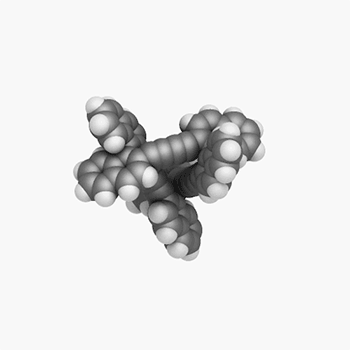Take my advice:
Drawing the Pascal's Triangle for obtaining the coefficients is too slow (since you must draw it every time) so you're better off understanding how to use this formula (and how the # nCr # coefficients correspond to the numbers in Pascal's Triangle):![enter image source here]()
In your case, # a = x #, # b = -5 # , and # n = 6 #
# x^6 + (6C1)(x)^5(-5)^1 + (6C2)(x)^4(-5)^2 + (6C3)(x)^3(-5)^3 + (6C4)(x)^2(-5)^4 + (6C5)(x)^1(-5)^5 + (-5)^6 #
You can enter # 6C1 # in your scientific calculator by pressing the buttons 6, SHIFT, # -:#, 1, #=# to find its value.
# (nC0) # and # (nCn) # equal 1, so they aren't included in the formula, but they're included in Pascal's Triangle as the 1's on the outer sides.
Notice than in your question one of the coefficients in the brackets was negative (#-5#) , so now in the expansion, the terms alternate between positive and negative.
Also, notice how the indices of #a# and #b# in every term add to give #n#.
Study the formula, do more examples, and you'll eventually get the hang of it.

